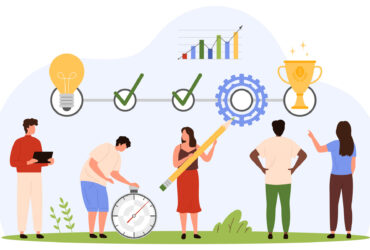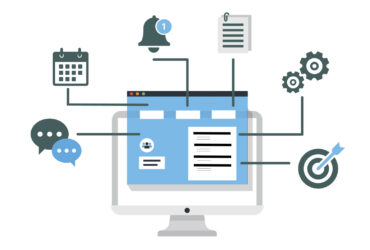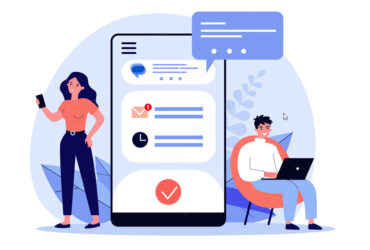Simplify Your Orientation Process for Participants and Staff


With every program, the intake or orientation process requires participants to take part in at least one presentation about the program, its requirements and their responsibilities, whether that’s by attending a workshop in-person or over Zoom. In both scenarios, countless hours are spent by one or more case managers to set-up and conduct the meeting, as well send letters or emails reminders to ensure they show up.
Then there is the paperwork. What we’ve heard is that most participants find the amount of paperwork they need to complete, daunting and that more often than not, much of it is incomplete when it comes time to meet with their case manager. Time that could have been spent listening and probing to understand as much as they can about the participants’ circumstances and desire for self-sufficiency is wasted, as the time instead is focused on completing the paperwork.
Wouldn’t be great if before you met with the participant, all the required forms were signed, and assessments completed so you could use the insight gained to start a meaningful conversation focused on their needs right from the start? What a great way to begin a relationship!
TuaPath moves the entire orientation process online where participants can …
- Watch videos to learn about the program and participation requirements and be quizzed afterwards to test comprehension.
- Fill out and electronically sign acknowledgement or consent forms.
- Complete assessments or questionnaires regarding education, work history, and skills.
- Upload verification documentation from their mobile phones or computer.
Today, about half of the programs using TuaPath have returned to in-person orientations with the other half allowing for virtual meetings. Participants attending orientation at the service center complete their “paperwork” on computers entirely in TuaPath. Case managers appreciate that they can quickly review completed paperwork and if needed, have the participant update or upload information to TuaPath after the meeting on their own time.
Programs that continue to offer services virtually, will send out letters asking participants to complete orientation prior to meeting with their coach. Participants find the virtual process much less stressful as they are able to complete the paperwork at their own pace over the course of a week or two, and are burdened with usual barriers of transportation, childcare or having to take time away from work.
Clients like that they can work on segments of orientation and not the entire thing, at once. After we talk, I can have them revisit certain aspects (skills assessment), re-do it and usually their answers are much better.
Coach for a Michigan Works! Agency
What the data tells us and what we’ve heard consistently from our customers is that:
- 95% of participants complete all of the orientation steps with little to no help from staff.
- Countless hours have been saved in not delivering group orientations and all the administrative follow-up that is associated.
- As the forms are completely accessible in TuaPath to both case managers and clients, no time is waste copying, scanning and/or filing paperwork.
- Having the assessments already completed and the forms signed translates into more time for motivational interviewing to help participants identify their goals and put forth a plan of action.
- For participants who are overwhelmed, case managers can assign, and participants can work on segments of the orientation, one at a time, and do not have to complete the entire process nor all the forms at once.
Across Colorado and Michigan, numerous TANF and SNAP programs continue to offer participants the option of completing orientation, virtually. In the case where the agency is scheduling in office orientations, participants still complete the required forms in TuaPath.
To learn more about how TuaPath supports virtual orientation to reduce stress, build capacity and improve outcomes, read our blog post.










